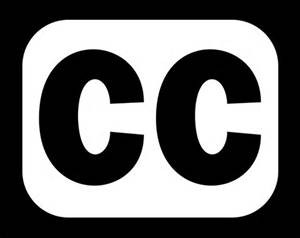Thirsty for a Strong Instructional Practice?
Instructors often wonder what the rules are around closed-captioning videos for pedagogical use. The truth is that any video you show in class needs to be ADA compliant to meet the letter of the law, but making videos ADA compliant by adding closed-captioning actually helps many more students than you may realize – the parent who needs the volume off at night, the student watching a video on light rail, people who pay attention better when they see and hear words together, students who speak English as an Additional Language, deaf students, students with visual impairments, everybody.
Take a SIP of this: Closed-Captioned Videos for Everyone
An easy way to make videos accessible is to contact the Educational Technology Center (ETC). They are happy to convert video-based course materials into accessible ones for classes. Just fill out a service request form: http://www.msudenver.edu/etc/servicerequestform/. Make sure to give them a full week for turnaround, especially at busy times like the beginning of each semester.
Still thirsty? Take another SIP of Closed-Captioned Videos for Everyone
- Access Center’s Tutorial on creating accessible course material http://www.msudenver.edu/access/faculty/tutorialsoncreatingaccessiblecoursematerial/
- Captioning on YouTube https://support.google.com/youtube/topic/3014331?hl=en&ref_topic=4355241
- WebAIM Web Accessibility in Mind – more about captioning… what it is and isn’t http://webaim.org/techniques/captions/


2 comments
In this site described the nice thought like as Thirsty for a Strong Instructional Practice. this thought gave is a good motivational point. this thought gave the education that we want to always determined
Woah! I’m really loving the template/theme of this site.
It’s simple, yet effective. A lot of times it’s hard to get
that “perfect balance” between user friendliness and visual appeal.
I must say you have done a superb job with this. In addition, the blog loads
super quick for me on Chrome. Outstanding Blog!